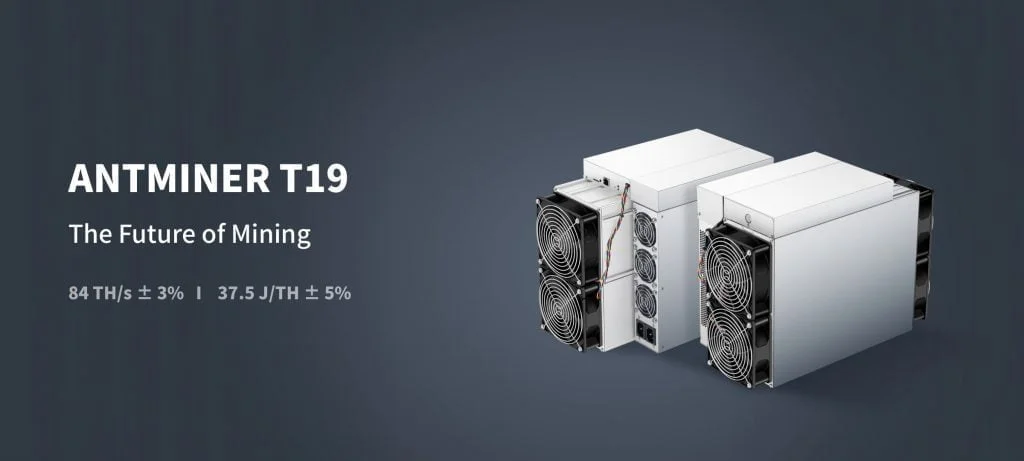Bitmain, a Chinese mining hardware company, is shipping 56,000 of its latest Antminers to Georgia in the United States southeast. The deal is expected to generate $10 million in monthly revenue for ISW Holdings.

A three-way transaction between Nevada-based IT firm ISW Holdings, crypto mining datacenter Bit5ive, and Bitmain has resulted in the influx of mining rigs.
According to ISW, the entire cost of the hardware deployment will be roughly $62 million, with monthly revenue of $10 million predicted when fully operational.
ISW Holdings has already contributed $6 million to the acquisition of Bitmain’s Antminer S19J mining equipment, which will be deployed under the BlockQuarry brand and utilising Bit5ive’s infrastructure. In June, Bitmain reportedly put a halt to new miner orders, citing a burgeoning secondhand market.
The new miners will utilize up to 200 megawatts of electricity when fully operational in October 2022 at a BlockQuarry site in Georgia called “POD-CITY.” According to the release, ISW expects the first 20 MW of power to be operational by October next month.
The nature of the business has altered since ISW Holdings teamed with Bit5ive last year and began designing “state-of-the-art mining pods,” according to Alonzo Pierce, president and chairman of ISW Holdings.
“Looking ahead, our hosting service revenues will be stable and substantial, and capable of strong growth. And our mining revenues will fluctuate with prices in the cryptocurrency space.”
Bit5ive will create “BLOQPODS,” which will be organized into BlockQuarry’s “BLOQPARKS.” Each pod contains 280 Bitmain Antminers that produce 28,000 terahashes per second (TH/s) of hashing power.
At a Bit5ive-managed location in Pennsylvania, ISW Holdings already has 700 miners, including Bitmain Antminer S17s, S19s, and Canaan Avalons.
Following the massive miner migration from China, Bitcoin’s hash rate has rebounded to 133 EH/s, up from 68 EH/s in late June. Glassnode, an on-chain analytics company, stated on Sept. 6 that miners had begun to benefit, adding:
“The increase in hash-rate is likely a combination of previously obsolete hardware finding a second lease on life, and miners in China successfully relocating, re-establishing or re-homing their hardware and operations,”
